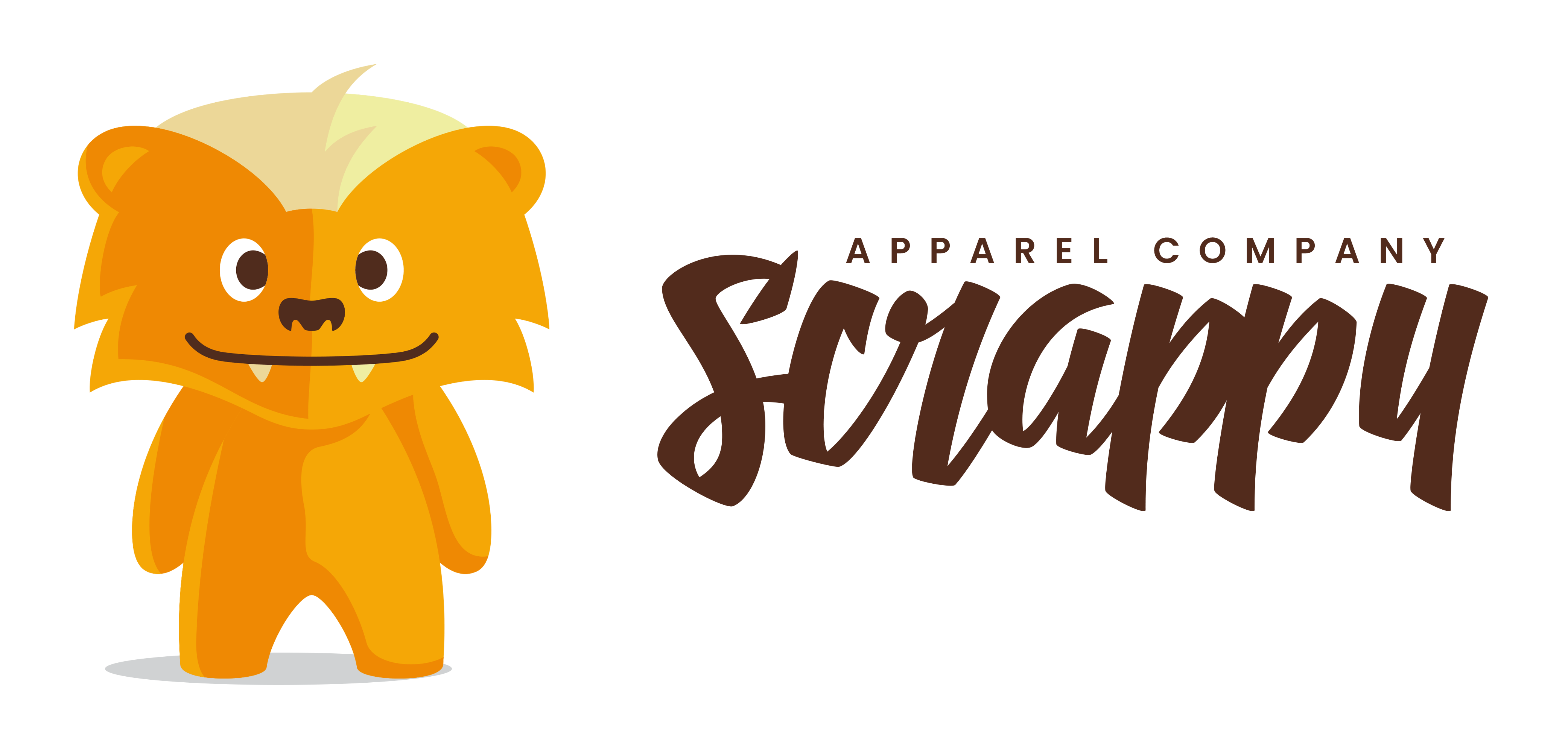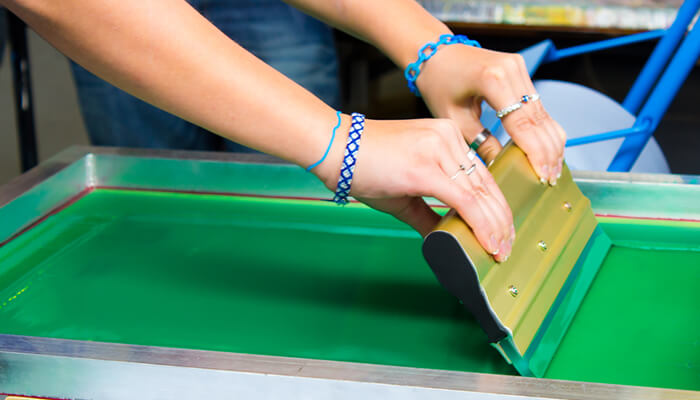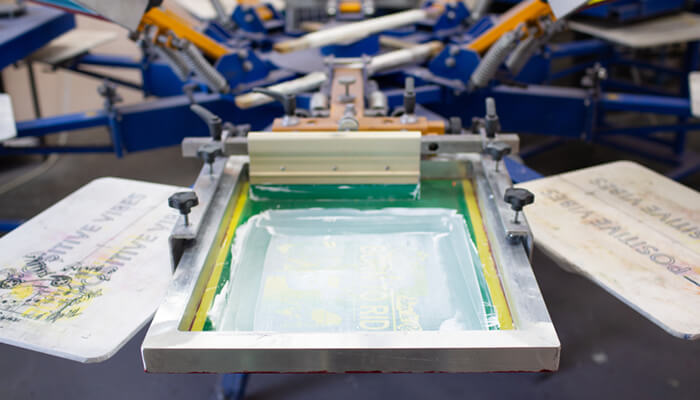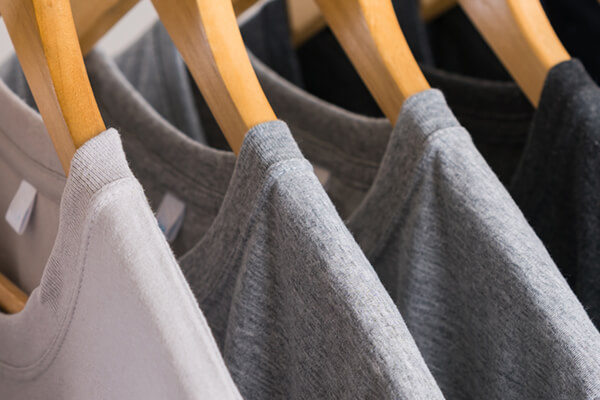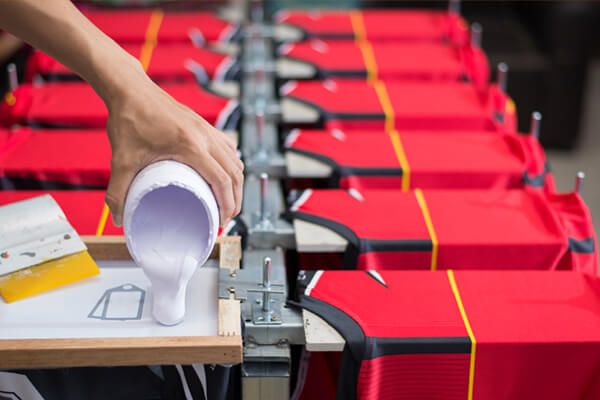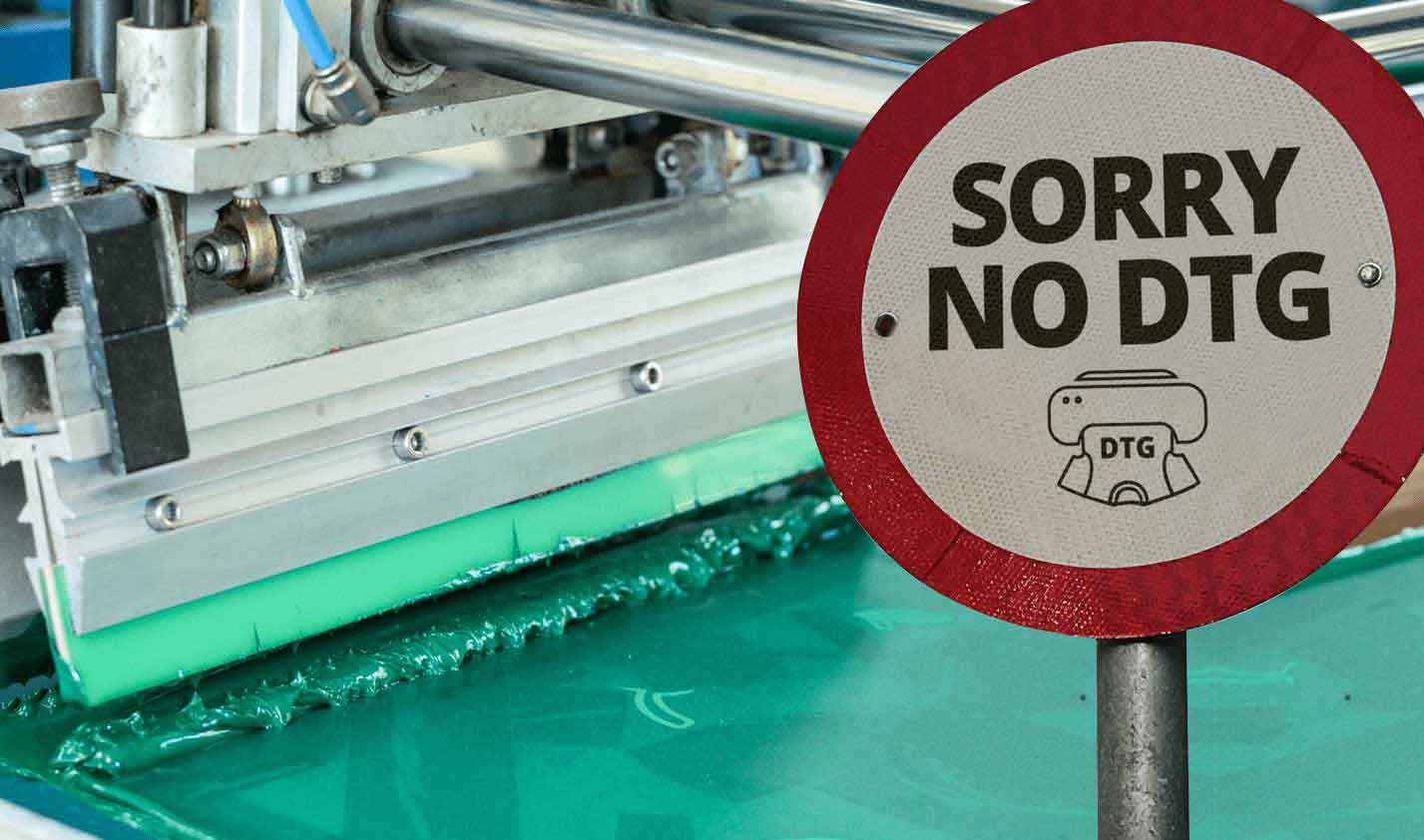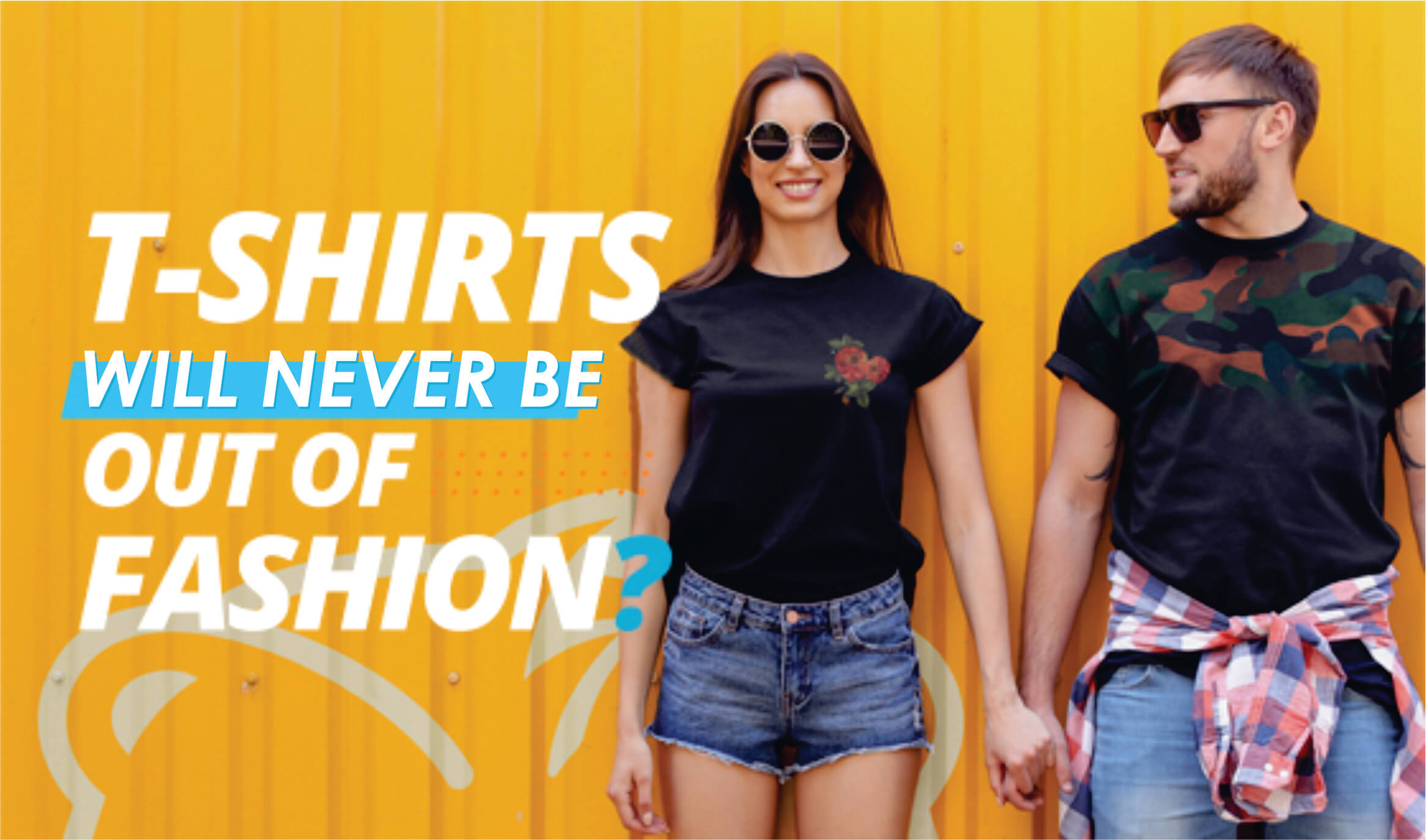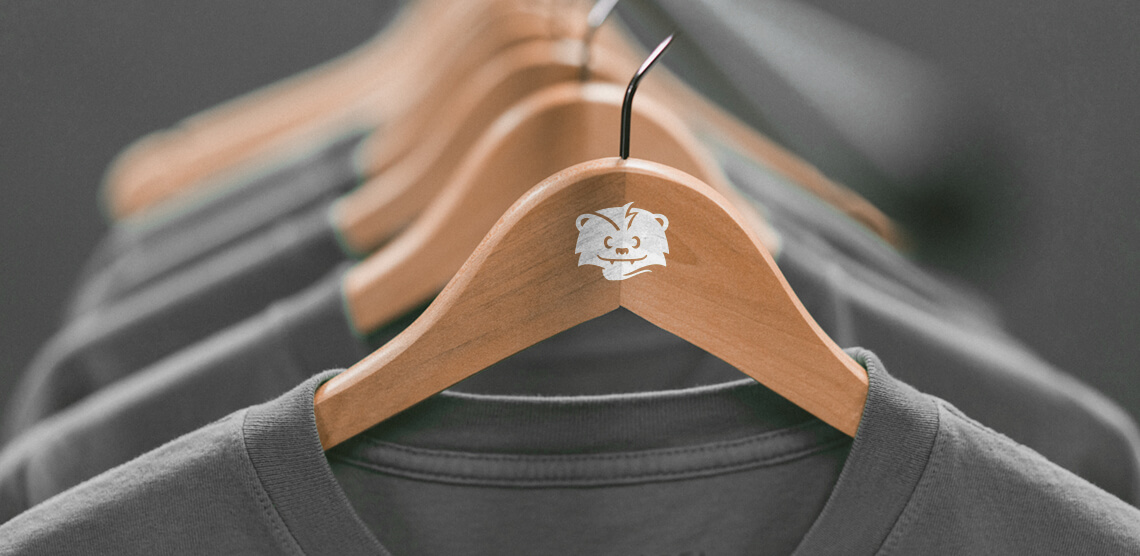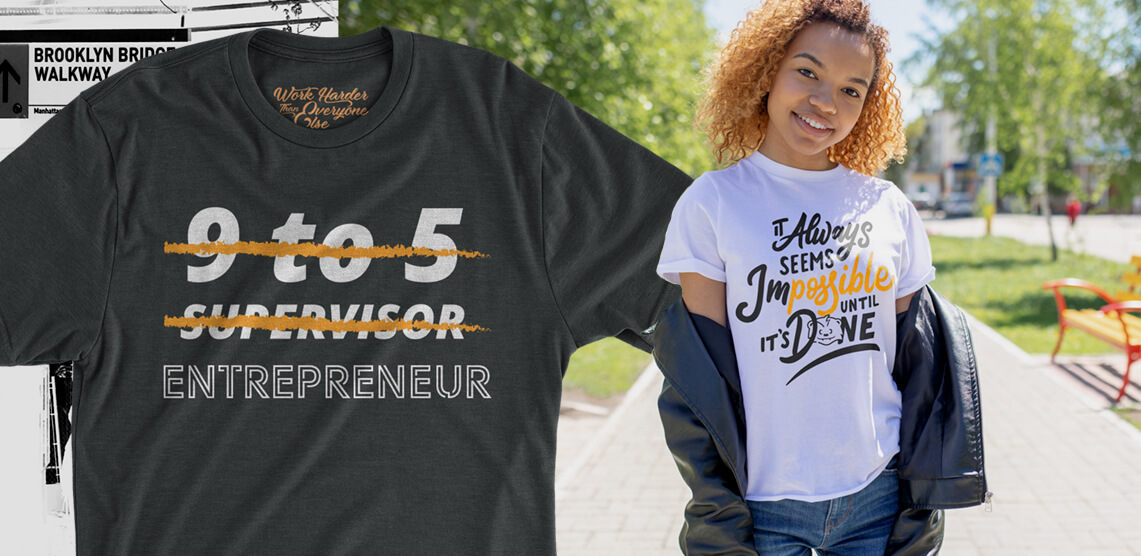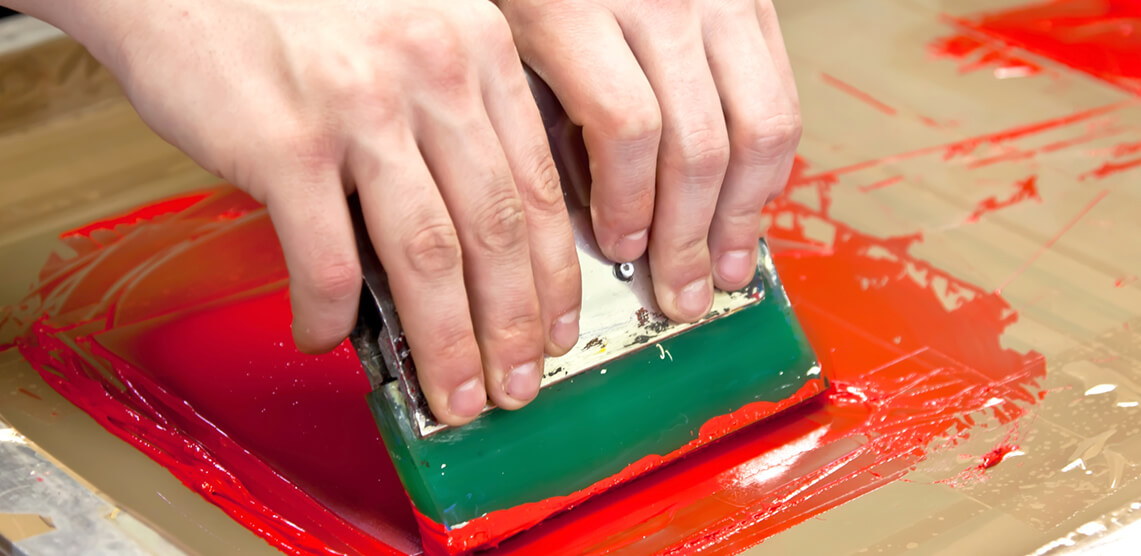
If you are reading this, that means you are planning on getting a t-shirt printed for your business or yourself. In either case, you’re in the right place!
Irrespective of what you are going to do with a customized t-shirt, it is imperative that you should first know the basics of how to print a t-shirt. Now we are not saying to geek out but a little knowledge is better than no knowledge.
And when (as we know it) printed t-shirtsarein vogue, especially keeping in mind the changing digital trends, marketing strategies, and high competition, you would want to have your gears strong. To assist you as you plan to get started with pickingyour t-shirt printing method, here is a little help.
What is t-shirt Printing?
As simple as the term itself, t-shirt printing is an art of errorless and attractive printing on a piece of fabric (t-shirt). The artwork on the t-shirt can be an intricate design, intellectual quotes, a bold image, or a simple play with brand logos. The picture or design is printed onto the t-shirt using one of the various printing methods and thenused for commercial purposes or brand identity.
What are the various t-shirt printing methods?
Before you embark on your newfound love for customized t-shirts, you should know the variety of t-shirt printing methods available. Primarily, there are three printing methods:Screen Printing, Heat Transfer Printing, and Direct-To-Garment (or DTG) Printing. In addition, there isDye Sublimation Printing.
It is completely your call to select whichever method suits you best for your next order of customized t-shirt; however, before simply taking a chance, let’s pay attention to the vital details nobody will tell you while picking a t-shirt printing method.
Things to consider before picking a t-shirt printing method
As suggested earlier, t-shirt printing is an art and therefore there are many variables to consider, however, to make it rather easy to select the best-suited printing method for your next order, we have collated a list of the top five considerations.
The Fabric
A lot depends on the fabric. The fabric can make or break your design. So, you must always decide which printing method to opt for depending on the fabric you are going to or want to use.
While each printing technique has its unique advantages, Screen Printing is by far the most popular and commonly used method for the reason that it gives premium results.
For your understanding, the ink quality is better in Screen Printingand as it is compatible with most fabrics, the finished result is of superior quality and the print lasts longer if compared to other methods.
Additionally, it is cost-effective for bulk orders as it prints hundreds of t-shirts in very little time. So, (basically) it’s a win-win situation from all ends.
The Volume
Yes, it looks rather naïve to mention it here but we often make small mistakes like not counting the required amount or making a silly mistake of counting it wrong. And this results in not enough or way too many printed t-shirts lying at the reception of your office building.
But more importantly, it may lead to unknowingly inflating the total expense of your order with the wrong selection of printing method. Before placing your order, know your order completely – the total number of t-shirts to print according to various sizes, colors, genders, etc. Why is this important, you ask?
Well, if you see, there is no minimum number in any printing methodwhether it is Screen Printing, or DTG or Heat Transferprinting but the volume helps to select the correct one for your next project.
For example, you can print even a single t-shirt in Screen Printingbut it will cost you an obnoxious amount of money because the set-up is complicated. Let’s do the maths. Let’s say the cost of printing one t-shirt on Screen Printing would be around $150 (for two colors). Upon breaking up the cost, you would get – screen charge: $100 and a color charge: $25percolor. So, if you print more than 1 t-shirt, then the screen cost gets divide. Thus, Screen Printing is good for bulk orders.
On the other hand, Direct-To-Garment (DTG) can be of use if you are using cotton fabric. It can print extremely intricate details with smooth print results and designs with no color limitations. And it is much cost-effective for a smaller volume of orders.
However, DTG has its limitations with cotton-only fabrics for the best results (though not limited). So, you can consider Dye Sublimation for 100% polyester fabric or Heat Transfer technique for other fabrics for less mess and quality prints even in low volumes.
The Design
First draft is never enough! Of course, you’re eager to see the printed results but rushing through the design stage is not smart (and you don’t want to do it).
As mentioned above, our motive is to save money while getting the best out of printing methods. So, to get what we would consider a reasonable price for a bulk of printed t-shirt you should consider planning your design with concrete thinking. And when you have the opportunity to draw a unicorn, why would you want to paint a horse?
As a reader, we believe that you should know that there is one printing method that gives wings to your imagination. Yes, with Screen Printing you can experiment as much as you like, try new things, create a whole new world. As Screen Printing uses hand power, it is easier to get a unique and distinguished print every single time.The options are unlimited, especially, with overlapping and screen miking techniques.
The Target Audience
A brightly printed v-neck t-shirt is not good for a corporate placement. But a ¾ sleeve t-shirt is a great match for baseball teams. Who is your target audience? You need to know them completely. Printing a custom design can be magical if you know your target audience. Imprinting a company’s brand is a great way to build brand awareness and brand loyalty but not all designs are meant for all fabrics and all printing methods.
For example, Dye Sublimation is best suited if you have white 100% polyester t-shirts in your mind. It can also be done with 50% polyester but the results may vary. Also, Dye Sublimation is more effective for large designs and results may look like a DTG with a softer feel.
On the other hand, Screen Printing can be a better option (a much more cost-effective option) if you have fewer colors in your design and a large volume to print. The final goal is to get the print right, right!
The Last Rookie Mistake
Don’t go for the deal offers. Period.
The custom t-shirt printing industry is dominant and (often) companies promote special deals to attract new buyers. You may question why shouldn’t you do deals when you are getting good discounts?
Well, we are not against the discounts but as much these deals may look enticing, the results won’t be as much. To make money (lost in deals) the companies may push you to opt for printing methods that are less pricey to retain the company’s profit. This may lead to degraded quality or limited options to play around with while choosing your next project.
To dig deep, just know that what Andy Warhol did to the world with his Marilyn Monroe prints was the magic of Screen Printing. Had he opted for something discount-worthy, the story would have been a little different.
So, we suggest that you consider discounts (and who should not) but do not compromise with the printing method. After all, that print may become your brand’s identity!
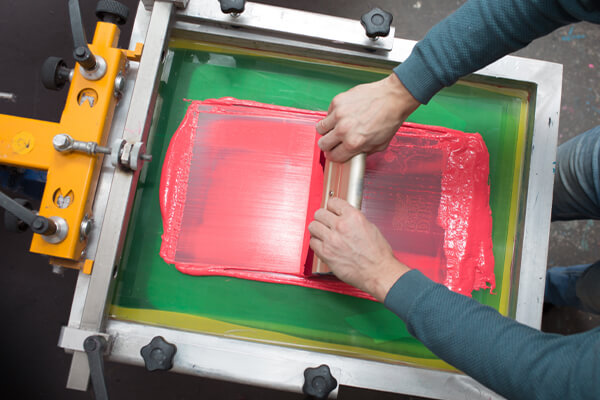
As long as you understand the basics of how to print a t-shirt, you’ll be able to place a successful order for your next customized t-shirt design.Your wishful planning to advertise your business through smart marketing techniques will come true. You will save lots of money in the long run as well which is always a good thing!
